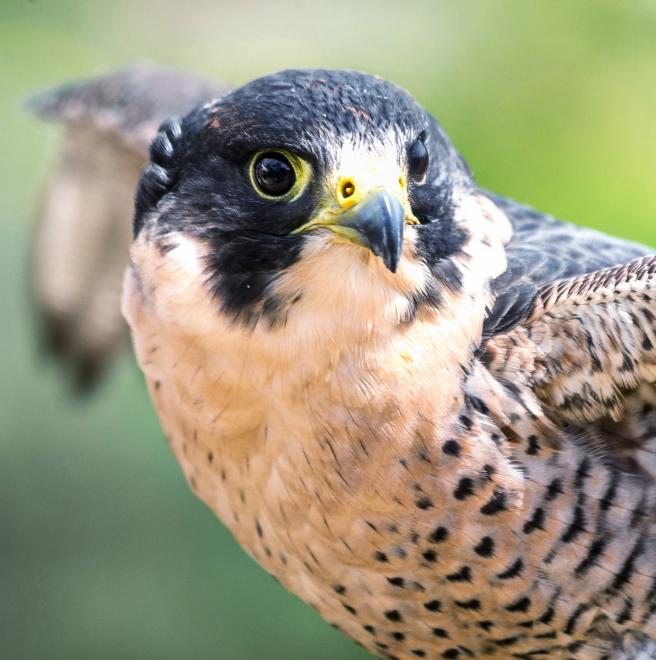

The name “Peregrine” reflects a key aspect of this falcon’s natural history—its wide wanderings, or “peregrinations.” On migration, it can be found over much of the earth’s surface—including the oceans. Audubon's climate model, restricted to the Peregrine Falcon’s winter range, forecasts a large expansion of the total acreage of suitable climate space, with much of the projected increase a filling-in of the continent’s interior. However, this comes at the cost of significant loss of current winter climate space. Meanwhile, wildlife biologists will need to continue to keep an eye on breeding populations—recovering well, but nevertheless still in need of monitoring, from the ravages of DDT and persecution in the past century.
Explore more birds threatened by climate change around the country.





















It's easier than you think to make a difference. Become an Audubon member today to help birds facing climate change.